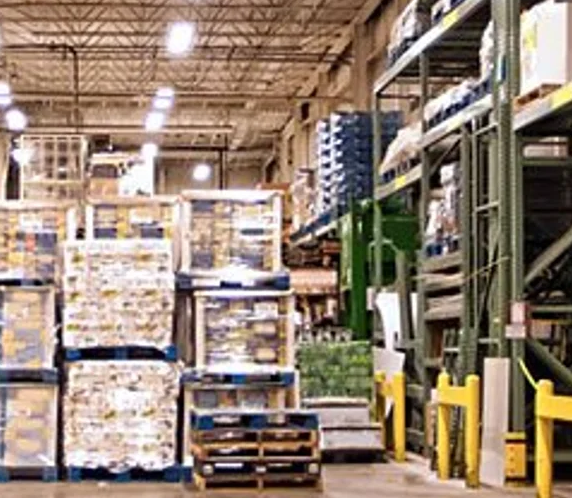In terms of developing items, there are many various methods which you can use. 1 that you could not have read about before is rotational molding, also referred to as Rotomolding. This method involves warming a plastic fabric, rotating a mold, and chilling the mold to make a hollow merchandise. Although it may seem not so difficult, there are several aspects that go into profitable rotational molding. With this complete manual, we shall demystify the process and supply all the details you must know about Rotational Molding.
The Rotational Molding Process
The first task in understanding rotational molding would be to comprehend the procedure. Rotomolding consists of four basic steps. The initial one is fabric preparation, where a plastic material resin is combined with any required artificial additives and terrain in to a natural powder. The 2nd step is packing the mildew with all the natural powder, which is then warmed and rotated. As the mildew rotates, the powder melts and coats the inside of the mold. After the mold reaches the specified density, it can be cooled before the finished product is eliminated.
Advantages of Rotational Molding
Rotational molding delivers several positive aspects over other producing approaches. Just about the most considerable positive aspects is the ability to generate hollow objects with constant wall fullness. Additionally, Rotomolding allows for sophisticated forms and fashoins that might be tough or out of the question to make with many other methods. Eventually, Rotomolding is really a relatively lower-expense means of developing, specially when creating little amounts of items.
Components Employed in Rotational Molding
Many several types of plastic-type material supplies may be used in rotational molding. Probably the most frequently used supplies include polyethylene, Pvc material, nylon material, and polycarbonate. Each and every material possesses its own benefits and drawbacks, and also the distinct fabric preferred for any item depends on its planned use.
Design and style Considerations for Rotational Molding
When building a product for rotational molding, there are numerous variables that must be regarded as. For instance, ever since the fungus is rotated during the molding process, the style demands to take into consideration the force generated by the rotation. In addition, functions like undercuts and multiple parts might require additional actions inside the molding process. Ultimately, draft facets are necessary for profitable Rotomolding and should be considered in the style period.
Applications of Rotational Molding
Rotomolding has a wide range of programs across a number of sectors. Among the most common products designed with rotational molding consist of playthings, showing off goods, and vehicle components. Furthermore, Rotomolding is frequently found in the manufacturing of tanks for retaining liquids, such as normal water storing tanks and gas tanks.
Bottom line:
Rotational molding, or Rotomolding, might not be an expression you have an understanding of, however it is an approach of production which includes several positive aspects over other methods. By comprehending the process, supplies, and layout considerations for Rotomolding, you may create merchandise with regular wall thickness, complicated designs, and at a comparatively low cost. Whether you are interested in producing toys and games, showing off goods, vehicle pieces, or tanks, Rotomolding might be the best approach for your needs.
